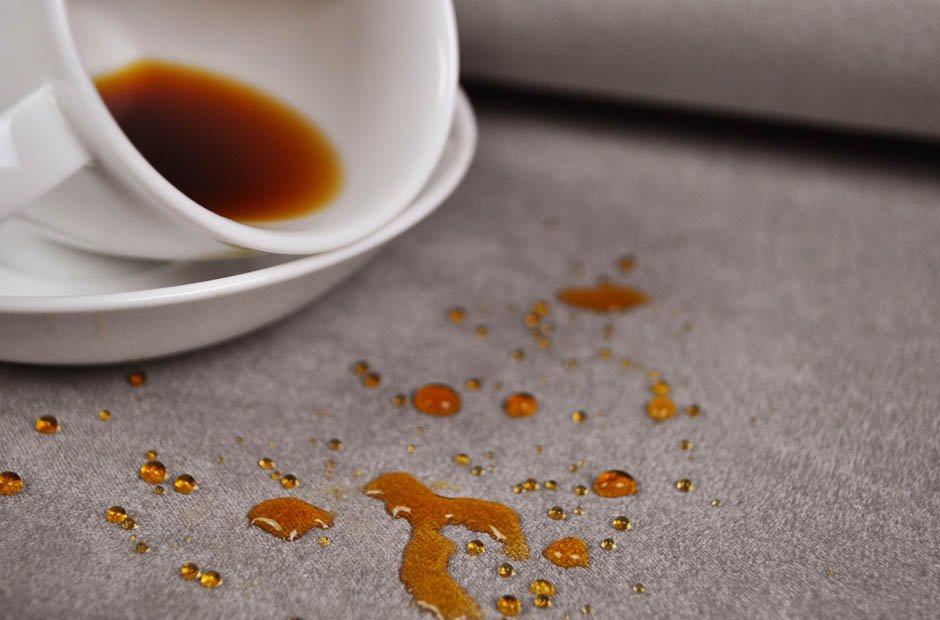In an age where aesthetics meet practicality head-on, the quest for the ultimate stain-resistant finish has taken center stage in the world of material science. This journey isn’t just about maintaining the pristine appearance of surfaces; it’s a deep dive into the realms of chemistry and engineering to create finishes that stand up to life’s messes without losing their luster. Among the groundbreaking advancements in this field are anti-fingerprint coatings, a marvel that ensures our most touched surfaces remain unblemished and visually appealing, marking a significant milestone in the quest for cleanliness and durability.
The Evolution of Stain Resistance
The battle against stains is as old as time. From the ancient art of waxing and sealing surfaces to modern-day chemical treatments, humans have long sought ways to protect their belongings from the inevitable spills and smudges of daily life. Today, the science of stain resistance has evolved into a sophisticated discipline that combines nanotechnology, polymer chemistry, and surface engineering to offer solutions that are not only effective but also environmentally friendly and safe for human health.
Nanotechnology to the Rescue
At the heart of the latest advancements in stain-resistant finishes is nanotechnology—a field that manipulates materials on an atomic or molecular scale. By engineering the structure of surfaces at such a minute level, scientists can create barriers that repel water, oil, and other substances, preventing them from adhering and leaving behind stains. This technology doesn’t just block stains; it also makes surfaces easier to clean, reducing the need for harsh chemicals and vigorous scrubbing.
Beyond Stains: Addressing Fingerprints
While protecting against spills and stains is crucial, the quest for cleanliness doesn’t stop there. In our touch-centric world, surfaces often fall victim to another culprit: fingerprints. Anti-fingerprint coatings have emerged as a game-changer, creating surfaces that resist the oils and acids in our skin. This innovation is particularly significant in the realm of electronic devices, stainless steel appliances, and glass surfaces, where fingerprints can quickly detract from aesthetic appeal and functionality.
The Green Factor: Eco-Friendly and Safe
As we push the boundaries of material science, there’s a growing emphasis on ensuring that stain-resistant finishes are not only effective but also eco-friendly and safe. The industry is moving away from treatments that use volatile organic compounds (VOCs) and other harmful chemicals, opting instead for water-based formulas and naturally derived substances that minimize environmental impact and health risks. This shift is a testament to the fact that protection and sustainability can go hand in hand.
Durability and Longevity: A Lasting Impact
One of the critical challenges in developing stain-resistant finishes is ensuring they stand the test of time. The ultimate goal is to create coatings that not only resist immediate blemishes but also maintain their efficacy and appearance over years of use. Advances in polymer science and cross-linking technologies have led to finishes that bond more securely to surfaces, offering enhanced durability and protection against wear and tear. This longevity is essential for surfaces that see frequent use, ensuring they remain beautiful and functional for as long as possible.
The Aesthetics of Cleanliness: Beauty in Function
In today’s design-conscious world, the aesthetics of cleanliness play a vital role in the appeal of homes, workplaces, and public spaces. Stain-resistant finishes contribute to this aesthetic by ensuring surfaces remain spotless and visually pleasing, even in high-traffic areas. The ability to maintain a clean appearance without constant upkeep is particularly appealing in modern minimalist designs, where every detail is part of the overall visual impact.
Application and Accessibility: Bringing Science Home
The application of stain-resistant finishes has broadened significantly, moving beyond industrial and commercial uses into the everyday spaces where we live and work. Today, these finishes are found on kitchen countertops, bathroom fixtures, flooring, and even textiles, making advanced stain protection accessible to everyone. DIY options and professional treatments provide flexibility in how these finishes are applied, allowing for customization and innovation in how we protect and preserve our spaces.
The Future of Finishes: What Lies Ahead
As we look to the future, the quest for the ultimate stain-resistant finish continues, with researchers exploring new materials, formulations, and technologies. The potential for self-healing surfaces, advanced bio-based coatings, and finishes that actively decompose stains and pollutants points to an exciting horizon for material science. These developments promise to further revolutionize how we think about and interact with the surfaces around us, making our environments not just cleaner, but also smarter and more responsive to our needs.
A Clean Sweep into the Future
The journey towards sleek, stain-resistant finishes is a vivid illustration of how science can enhance our daily lives, blending functionality with aesthetic appeal. As we embrace these innovations, from anti-fingerprint coatings to nanotechnological marvels, we not only make our spaces easier to maintain but also elevate their beauty and longevity. This quest for cleanliness and durability is more than just a scientific endeavor; it’s a reflection of our desire for living environments that are as resilient and vibrant as our lives. In this ongoing adventure, the fusion of chemistry, engineering, and design ensures that the future of our surfaces is as bright and unblemished as the spaces they adorn.


